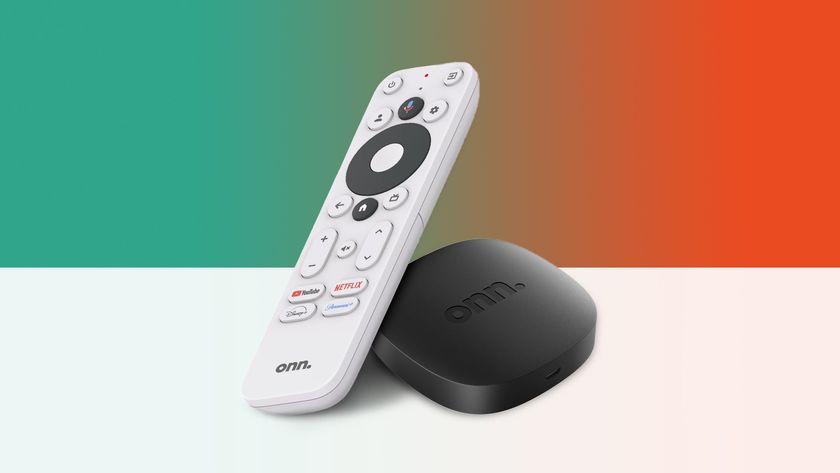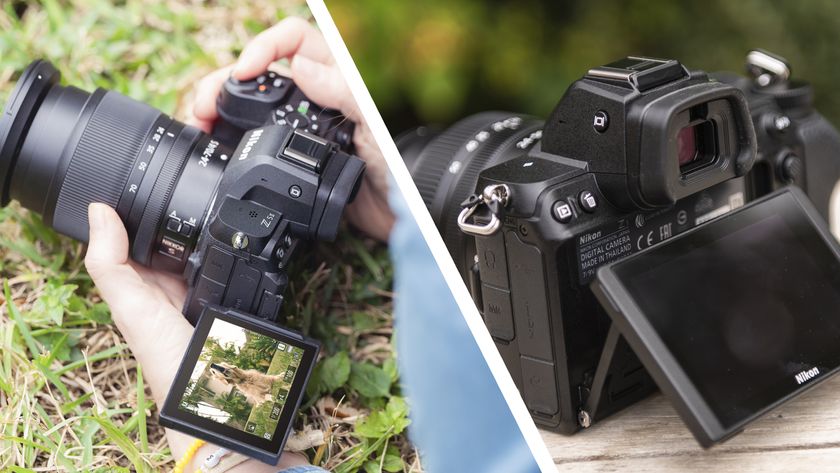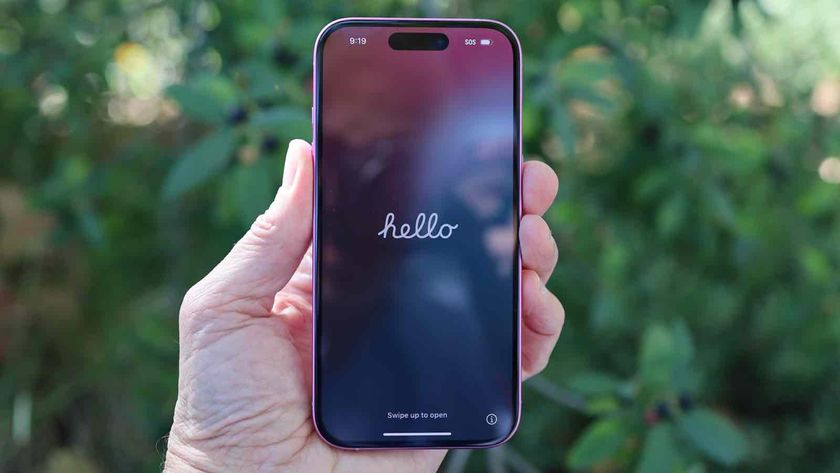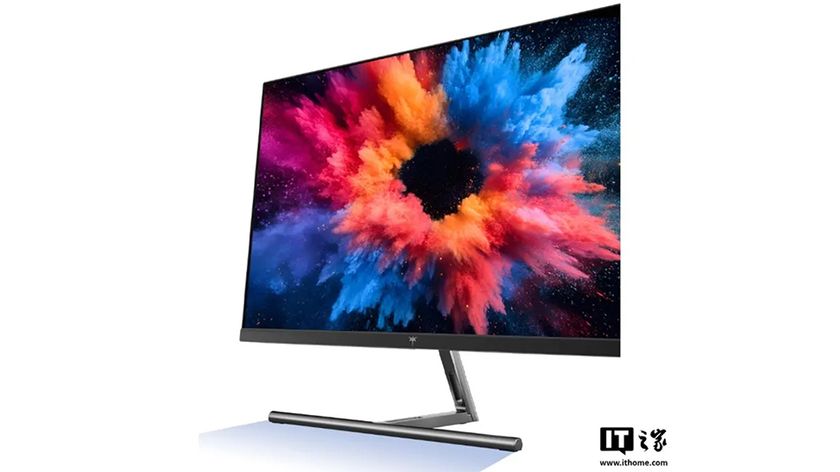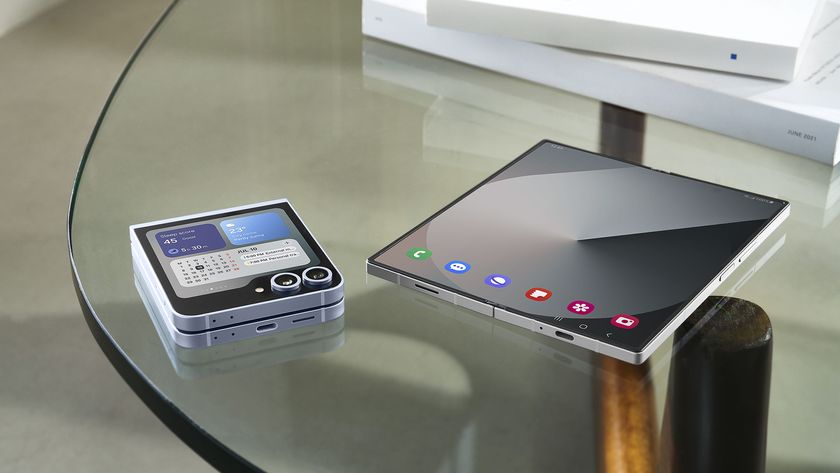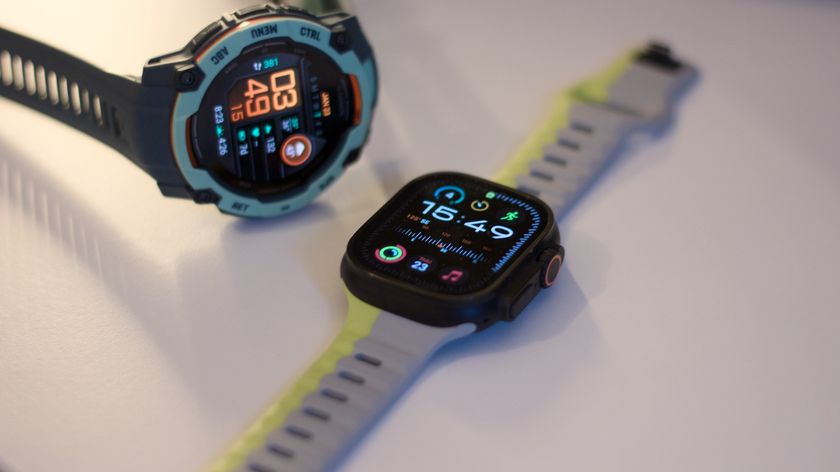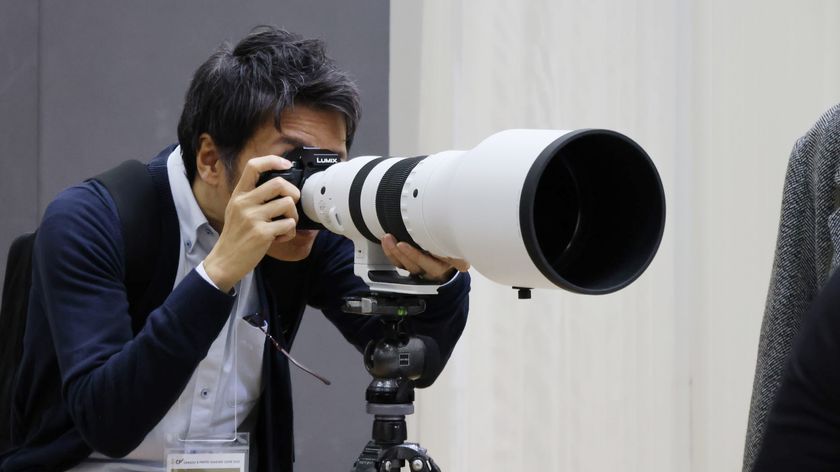Philips TV 2021: every OLED, Mini LED and Ambilight TV coming this year
All the Philips TVs from 2021
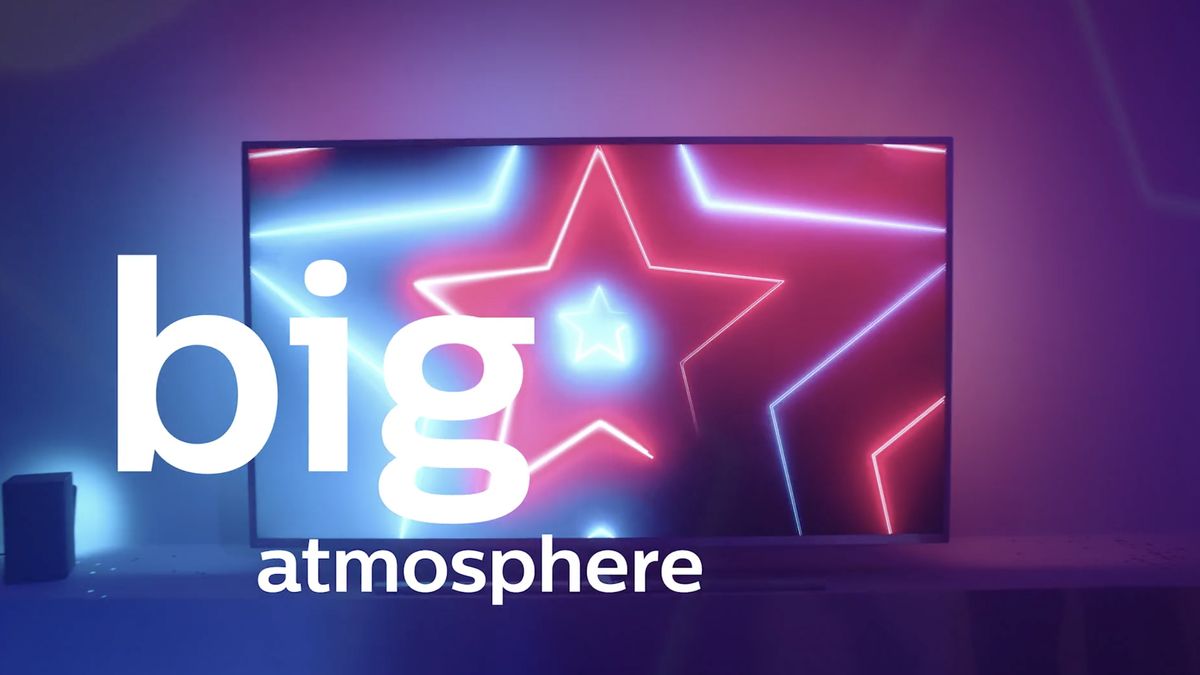
We're coming to the end of 2021 and it's been a very busy year for Philips TVs. The Dutch company has unveiled many new models over the last 12 months. Continuing many of the models and TV tech types that have worked well in previous years, Philips has also made some significant changes that are shaking up the TV space.
The arrival of Mini LED is the most significant change. This suggests that Philips is walking in step with the likes of LG with its new QNED range and the new Samsung TVs, which will be making use of the advanced backlight technology.
Philips is mainly known for its proprietary Ambilight projection system, though, which throws colors and shades from the screen onto the wall around it. In 2021, we saw it return in earnest, with four-sided Ambilight coming to all 2021 OLED and Mini LED TVs.
New developments aren’t just about picture. Earlier this year, new Philips TVs launching in the UK and Europe began including a new audio technology, which helps users calibrate their TV sound system to their specific hearing needs.
Halfway through 2021, Philips announced two new OLED+ series, the OLED+986 and OLED+936. They build on the success of last year’s OLED+935 and OLED+984 models and bring a host of welcome changes to the picture quality, audio capabilities, and gaming features available on the brand’s premium line of OLED screens.
Both come with Philips’ latest 5th-gen P5 AI Dual Picture engine, which brings AI enhancements to reduce banding in images and bring more sharpness. According to Philips, they also have a new OLED panel, Ambilight, the built-in smart lighting system in previous Philips TVs, an audio overhaul thanks to the continued collaboration with Bower & Wilkins and much more to get excited about.
We’re yet to try out any of these 2021 sets in person, but we will be sure to update this guide when we’ve had the chance to review key Philips TVs from this year’s range.
Get daily insight, inspiration and deals in your inbox
Sign up for breaking news, reviews, opinion, top tech deals, and more.
There was also the release of the OLED 706 - an entry-level OLED screen. It offers the same P5 Gen 5 processor on pricier models, along with 4K HDR and a 120Hz panel.
It only has three-sided Ambilight so you don't get the full four-sided effect elsewhere but it's a reasonable concession to make for the price.
Other TVs to arrive in the latter half of 2021 include the 75-inch 7906 model. Again, there's 3-sided Ambilight rather than the full four sides but the TV includes everything else you could need like Dolby Vision and Dolby Atmos support.
For now, read on to see what’s been launched.
- Check out the small TVs and 40-inch sets that stand above the rest
Philips 2021 OLED TVs
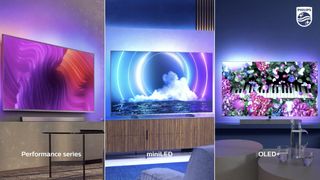
Philips OLED 706 (55, 65-inch): The entry-level OLED 706 packs a lot in. It has the P5 Gen 5 processor seen on more expensive models, a 120Hz panel, along with great picture processing, Dolby Vision and HDR10+ format support. The only missing addition here is that it has three-sided Ambilight rather than the full four-sides that some sets offer.
Philips OLED 806 (48, 55, 65, 77-inch): This year's successor to the 805 packs in a 50W 2.1 sound system, HDMI 2.1 ports, and a "razor thin, zero bezel" design – and, naturally, an OLED panel as well as Philips' P5 picture processor. It's a mid-range priced set but the 48-inch size (previously only available for the flagship OLED+935) keeps costs down for some.
Philips OLED 856 (55, 65-inch): This step-up model is more limited in sizes, but comes with a sleeker "wedge mount metal dark chrome T bar stand" rather than the feet of the model above. Expect other specs to match up with the 806, though.
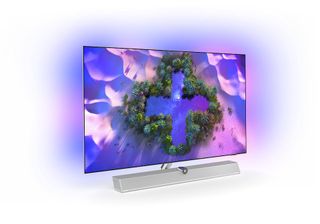
Philips OLED+986 (65-inch): The OLED+986 is an updated version of last year’s OLED+984 model. Key differences include a new 5th-gen P5 Intelligent Dual Picture Engine, which promises better quality colors, sharpness and contrast. Also worth noting is that Philips says the OLED+986 is the “best-sounding TV ever”. Although we’d usually advise you take that bold claim with a pinch of salt, because Bowers & Wilkins is on board, it’s worth paying attention to. The OLED+986 is available now.
Philips OLED+936 (48, 55, 65-inch): Building on the success of last year’s OLED+935, the 936 has Philips’ latest 5th-gen P5 Dual Picture engine, which brings AI enhancements to the screen to reduce branding and increase sharpness. There are a whole range of features and notable improvements here too, including Ambilight, Philips’ smart lighting system, an audio overhaul, automatic Dolby Atmos decoding and more. Philips says the 936, and 986, have an “entirely new OLED panel” with “20% more light output and an even better viewing angle.” The Philips OLED+936 is available now.
Philips 2021 Mini LED TVs
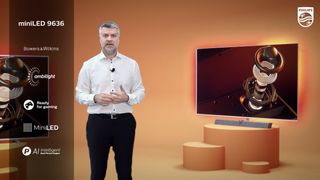
Philips Mini LED 9506 (65, 75-inch): This TV packs in Philips' latest 5th-gen P5 picture processor, as well as Mini LED backlight to help improve contrast and brightness control. We're told that the backlight will "create local deep blacks and spectacular highlights with an impressive peak light output of 2000 nits. Colour reproduction is also impressive thanks to the high-quality VA panel with a wide viewing angle and a wide colour gamut of 95% DCI-P3." Expect a peak brightness of 1,500 nits too.
Philips Mini LED 9636 (65, 75-inch): Same as above, but this model includes a 3.1.2 Dolby Atmos sound system, courtesy of audio specialist Bowers & Wilkins, and will no doubt be a better choice for those after more of an all-in-one home cinema system. This TV offers a higher 2,000 nits peak brightness – but certainly at a higher price.
Philips TV 2021 technology

What marks out Philips TVs from the rest? The most eye-catching feature would certainly be Philips Ambilight: a projection technology that throws onscreen colors onto the wall behind your television, upping the ambience (hence the name) and making for a light-show you won’t get with Sony or Samsung TVs. Three-sided Ambilight, that projects from the left, right, and upper sides of the television, is the most common, though Philips has standardised four-sided Ambilight for its new OLED and MiniL ED TVs this year.
Philips has a good reputation for sound – though not through Philips' own audio arm. The company collaborates with audio specialists Bowers & Wilkins for its high-end televisions, fitting them with dedicated Dolby Atmos soundbars to really hear those movie soundtracks or cheering crowds at their best.
There's a relatively new fifth-generation P5 picture processor that's got a few upgrades too. This year's P5 chip includes "anti-burn-in" technology for its OLED sets, a new "Film detection" category to help calibrate picture settings to the genre of content being watched, and support for the light-sensitive HDR10+ Adaptive mode unveiled by Samsung last year.
The burn-in tech helps to detect logos or static content and reduce the intensity of light in those areas, "without compromising the output of other parts of the screen".
Film detection works alongside the P5's five pillars of source, colour, contrast, motion and sharpness processing. There's also a new "Fast Motion Clarity feature" for gamers and sports fans, to improve the "smooth transition from image to image with increased sharpness but without introducing artefacts" – and runs at 100Hz rather than the usual 50Hz.

The biggest change this year, though, is the arrival of Mini LED tech. Mini LED is a backlight technology that makes use of tens of thousands of tiny LEDs for more precise brightness control and impressive contrast compared to tradition LCD-LED TVs.
While it doesn't offer the self-emitting pixels of OLED or Micro LED panels, it should help LCD televisions continue to compete in the TV space, for those without the cash or desire for more premium technologies. You'll find Mini LED tech in both LG's new QNED range and the higher-end new Samsung TVs coming out this year too. For those with more mid-spec budgets or tastes, though, there will still be a host of more traditional LCDs to consider.
You'll get support for DTS Play-Fi multi-room audio in higher-end Philips TVs, as well as a Philips variant to help easily connect Philips-made TVs, speakers and soundbars together in a 'Philips Sound' app.
Like Panasonic, Philips is agnostic towards HDR formats, and makes sure to support both the dynamic Dolby Vision and HDR10+ standards (unlike Samsung, which sticks only with the latter). You’ll also get the HLG (hybrid log gamma) broadcasting format, though these formats drop off when you get down to more affordable mid- or low-end sets.
Philips uses the Android smart TV platform across its TV range, with 2021 models getting the latest Android 10 iteration. It’s the most common TV platform and the most unremarkable – though Android’s stability issues have generally improved over the past couple of years, thanks to updates from Google.
- What is OLED? The TV panel tech explained
New Philips TVs for 2020

Philips OLED+935 (available in 48, 55, 65 inches): Philips' flagship television for 2020 looks like a beauty, so it's fitting the company saved it for last, officially unveiling it at IFA 2020 in September. This model features four-sided Ambilight (compared to other three-sided models), along with the fourth-gen P5 processor and AI picture advancements found across this year's OLED range. You're also getting a 70W audio system, courtesy of Bowers & Wilkins, with Dolby Atmos and universal HDR support.
Read more: Philips' flagship OLED TV goes big on speakers and specs
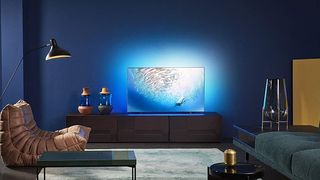
Philips OLED 805 / 855 / 865 (available in 55, 65 inches): This set of OLED TVs may differ in design – only the TV stand, really – but they should all offer the same level of high-end excellence. Philips’ OLED sets are largely spectacular, thanks in no small part to the three-sided Ambilight projection built in their frames – and this year’s cohort promises greater AI processing too.
These aren’t quite the flagship sets in the range, as the Philips 984+ (which launched in late 2019) is still the top dog for now. Expect Dolby Atmos audio and 50W speakers, though – with a release in July, after a delay from the initial May launch date.
Read our full Philips OLED 805 review

Philips 9435 4K HDR LED (available in 55, 65 inches): Even as we drop down to LCD panels, this 4K HDR television still packs in a 50W 2.1.2 channel audio system – from Bowers & Wilkins – with upwards-firing drivers to make the most of Dolby Atmos content. Same Ambilight features as above. (Pricing / availability not announced.)
Philips 9235 4K HDR LED (available in 43 inches): 40W 2.1 channel speakers should still give this smaller 4K set something to shout about – while three-sided Ambilight should help too. (Pricing / availability not announced.)
Philips 8505 4K HDR LED (available in 43, 50, 58, 65, 70 inches): This Philips set is at the tail end of the premium range, or the top end of the mid-range, depending on your perspective. You’ll get the same three-sided Ambilight and P5 picture processor as the sets above, with a smaller 20W audio output from built-in speakers (no soundbar here.) The stand design varies between panel sizes, but you should get the same picture quality from the 43-inch to 70-inch model.
Everything you need to know about this year's new TVs:
Best TV 2021: the best flatscreen televisions from the past year
Best smart TV 2021: every smart TV platform and which set does it best
Panasonic TV 2021: all the OLED and LCD televisions on their way this year
Sony TV 2021: more Master Series and Bravia TVs on the way
Samsung TV 2021: every new Samsung TV coming this year
Best 65-inch 4K TVs: the best big screen TVs for any budget
Henry is a freelance technology journalist, and former News & Features Editor for TechRadar, where he specialized in home entertainment gadgets such as TVs, projectors, soundbars, and smart speakers. Other bylines include Edge, T3, iMore, GamesRadar, NBC News, Healthline, and The Times.


